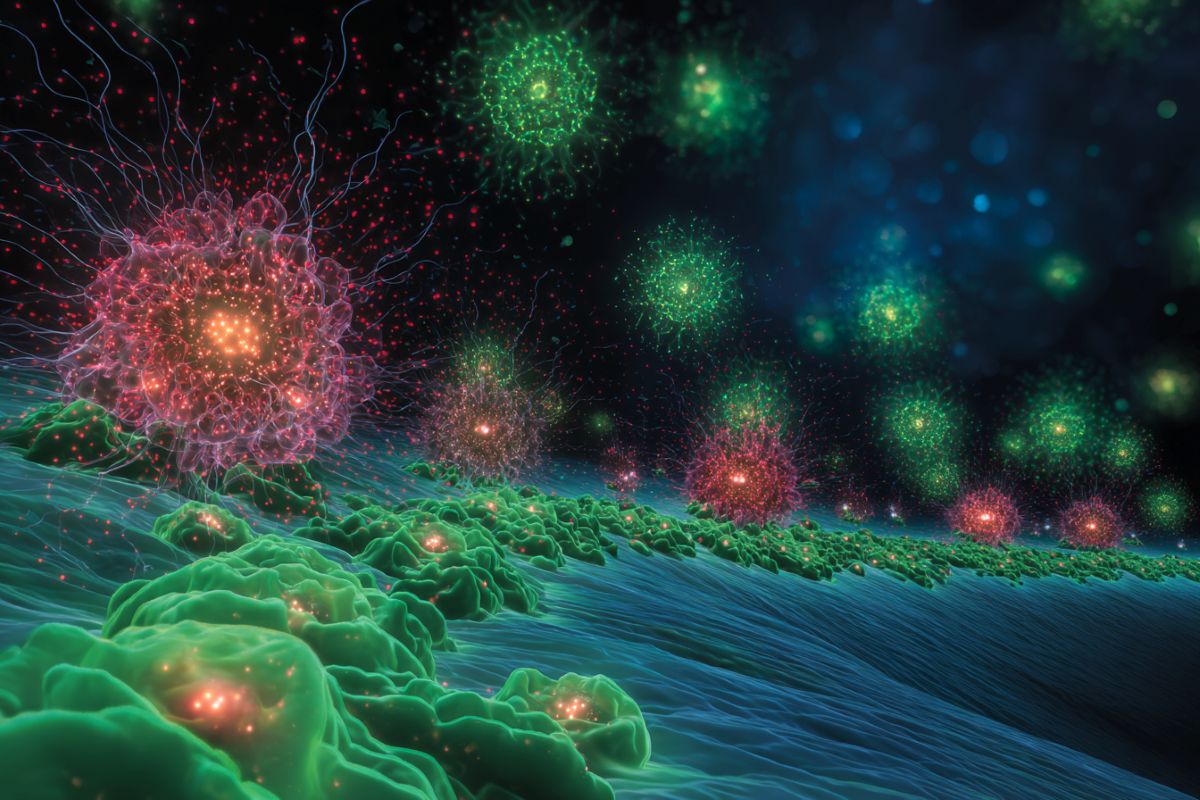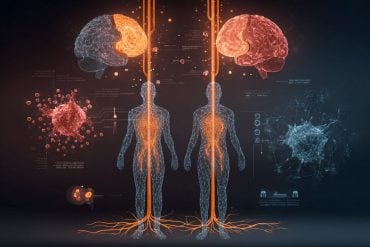Summary: A new imaging approach reveals how dual agonist drugs like tirzepatide act on the pancreas and brain to regulate blood sugar and appetite. Using fluorescent probes called daLUXendins, researchers visualized drug binding to insulin-producing beta cells and other pancreatic cell types, as well as brain regions tied to hunger regulation.
The study showed that receptors form clusters, or nanodomains, which may amplify signaling. These insights could accelerate the development of next-generation therapies for diabetes and obesity, including powerful triple agonists.
Key Facts
- New Tools: daLUXendins let researchers track GLP-1 and GIP receptors in real time.
- Broader Action: Probes bound not only to beta cells but also alpha and delta cells in the pancreas.
- Brain Reach: Drugs also targeted tanycytes and feeding centers, helping explain appetite regulation.
Source: Oxford University
An international research team from Leibniz-FMP, the University of Oxford, and the University of Birmingham have developed a novel imaging approach to track how popular dual agonist drugs like tirzepatide interact with cells in the pancreas and brain.
Published this week in Nature Metabolism, the findings could support the design of more effective treatments for diabetes and obesity.

The team created fluorescently tagged versions of dual-acting molecules that mimic the effects of tirzepatide – a drug that activates two key hormone receptors, GLP-1R and GIPR, to control blood sugar and appetite.
These new chemical tools, called daLUXendins, allow researchers to visualise for the first time how such drugs move through the body and bind to specific cell types.
Mapping metabolic drug targets
Tirzepatide (marketed as Mounjaro or Zepbound) is one of a new generation of therapies known as dual agonists, which stimulate both the glucagon-like peptide-1 receptor (GLP-1R) and the glucose-dependent insulinotropic polypeptide receptor (GIPR).
These receptors are found not only in the pancreas, where they help regulate insulin release, but also in the brain, where they influence appetite.
Until now, the exact cellular targets of dual agonist drugs remained unclear. Antibodies used for receptor detection can be unreliable or unavailable, limiting researchers’ ability to trace drug pathways in tissue.
“By using our new dual fluorescent probes, we can now track the receptors simultaneously in live tissues and identify which cells respond to treatment,” said study co-author Professor David Hodson from the Radcliffe Department of Medicine at the University of Oxford.
“This provides a powerful tool for understanding how dual agonists achieve their metabolic effects.”
Seeing how drugs act on the brain
“We are particularly interested in the dynamics of the peptides,” said study lead Dr Johannes Broichhagen (Leibniz-FMP). Using daLUXendins and super-resolution microscopy, the team showed that these fluorescent probes bind strongly to beta cells in the pancreas, and also to alpha and delta cells, offering insight into the range of metabolic effects triggered by tirzepatide.
In the brain, the researchers were able to visualise the drug reaching regions involved in appetite regulation, including specialist cells known as tanycytes that monitor nutrient signals and communicate with feeding centres.
Towards next-generation treatments
The study also found that the receptors form tiny clusters or ‘nanodomains’ in the pancreas, which may help explain how dual agonists amplify signals, for instance through cumulative effects.
While the research relied on mouse models and fluorescent surrogates of tirzepatide, the authors believe the approach can be adapted to human studies and expanded to include other targets, including new triple agonists that also act on glucagon receptors.
The study provides important insights into why dual agonists are so successful. At the same time, it raises new questions: What would happen if the drugs’ access to the brain were improved? And how do new triple agonists with additional glucagon content work?
Professor David Hodson added: “The next step will be to see how these results differ from triple agonists, which are more effective again.”
About this neuropharmacology research news
Author: David Hodson
Source: Oxford University
Contact: David Hodson – Oxford University
Image: The image is credited to Neuroscience News
Original Research: Open access.
“Fluorescent GLP1R/GIPR dual agonist probes reveal cell targets in the pancreas and brain” by David Hodson et al. Nature Metabolism
Abstract
Fluorescent GLP1R/GIPR dual agonist probes reveal cell targets in the pancreas and brain
Dual agonists targeting glucagon-like peptide-1 receptor (GLP1R) and glucose-dependent insulinotropic polypeptide receptor (GIPR) are breakthrough treatments for patients with type 2 diabetes and obesity.
Compared to GLP1R agonists, dual agonists show superior efficacy for glucose lowering and weight reduction. However, delineation of dual agonist cell targets remains challenging.
Here, we develop and test daLUXendin and daLUXendin+, non-lipidated and lipidated fluorescent GLP1R/GIPR dual agonist probes, and use them to visualize cellular targets. daLUXendins are potent GLP1R/GIPR dual agonists that advantageously show less functional selectivity for mouse GLP1R over mouse GIPR. daLUXendins label rodent and human pancreatic islet cells, with a signal intensity of β cells > α cells = δ cells.
Systemic administration of daLUXendin strongly labels GLP1R+ and GIPR+ neurons in circumventricular organs characterized by an incomplete blood–brain barrier but does not penetrate the brain beyond labelling seen with single (ant)agonists.
At the single-molecule level, daLUXendin targets endogenous GLP1R–GIPR nanodomains, which differ in organization and composition from those targeted by a single agonist. daLUXendins reveal dual agonist targets in the pancreas and brain and exclude a role for brain penetration in determining the superior efficacy of dual agonists, shedding new light on different modes of action of dual agonists versus single agonists.






